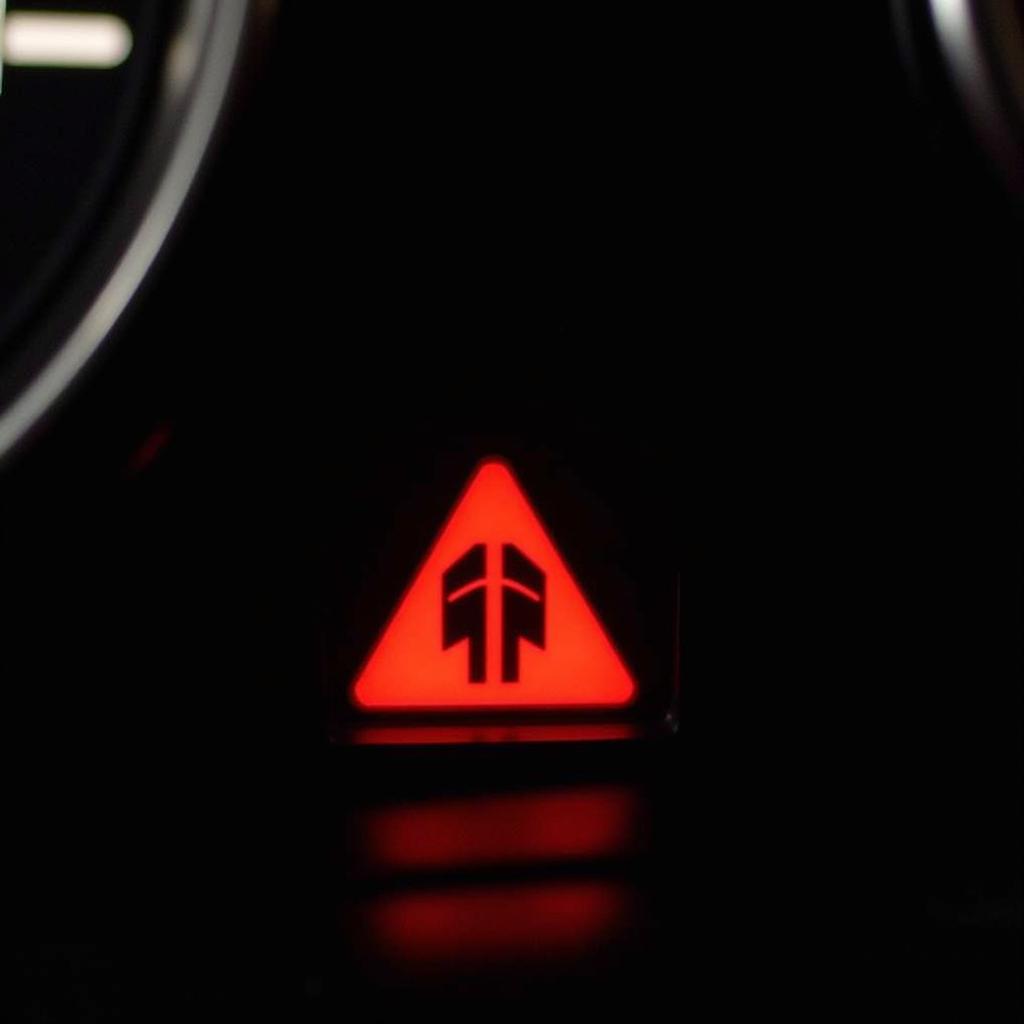Have you ever wondered, “Did Chevy change their anti-theft system?” You’re not alone! This is a common question among Chevy owners, especially those experiencing issues with their vehicles starting or immobilizer systems.
While Chevy, like all car manufacturers, continually improves its technology, understanding the nuances of their anti-theft systems can be the key to resolving frustrating problems and getting back on the road.
Decoding the Evolution of Chevy’s Anti-Theft System
Chevy has used various anti-theft systems over the years, each more sophisticated than its predecessor. Early systems relied on basic key-based immobilizers, while modern systems utilize complex technologies like:
- PassKey: This system, introduced in the late 1980s, used a resistor chip in the key to deter theft.
- PassKey II: An improvement on the original, PassKey II employed a more secure encryption system.
- Vehicle Theft Deterrent System (VATS): VATS used a specialized key with a pellet to authenticate the driver.
- Immobilizer Systems: Modern Chevys utilize transponder keys and immobilizer systems that communicate wirelessly to allow the vehicle to start.
Chevy doesn’t typically announce wholesale changes to its anti-theft systems across all models in any given year. However, they continually refine and update their technology. Specific model years might see upgrades in encryption protocols, key fob functionalities, or software integrations.
“It’s not so much about a complete overhaul in a single year,” explains automotive electronics specialist, Dr. Emily Parker, author of “Automotive Electronics Demystified.” “Think of it as an ongoing evolution where vulnerabilities are addressed, and newer technologies are incorporated for enhanced security.”
Spotting the Signs of Anti-Theft Trouble
A malfunctioning anti-theft system can manifest in several ways, often leaving you stranded and frustrated. Here are some common red flags:
- Engine Cranks but Won’t Start: This is often the first and most noticeable sign. Your engine may turn over, but the vehicle won’t start due to the immobilizer system not disengaging.
- Security Light Flashing: A flashing security light on your dashboard usually indicates the anti-theft system has been triggered or has malfunctioned.
- Key Not Recognized: If your key fob doesn’t unlock the doors or start the engine, the transponder chip or the vehicle’s receiver might be faulty.
- Alarm System Acting Erratically: An alarm that goes off randomly or won’t disarm can be a sign of wiring issues or a faulty sensor linked to the anti-theft system.
Equipping Yourself for Anti-Theft System Repairs
Dealing with anti-theft system issues can feel daunting, but having the right tools and information can make a world of difference. Here’s what you’ll need:
- Advanced Diagnostic Scanner: A high-quality diagnostic scanner, like those offered by Cardiagtech, can read and diagnose the specific fault codes within your Chevy’s anti-theft system. This is crucial for identifying the root of the problem.
- Programming Software (If Necessary): Depending on the issue, you might need specialized software to reprogram keys, fobs, or even the immobilizer system itself.
- Reliable Information Sources: Service manuals, online forums, and technical support from companies like CARDIAGTECH can provide invaluable insights and guidance for tackling specific problems.


